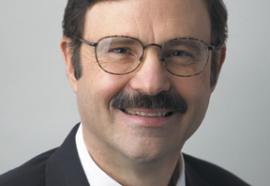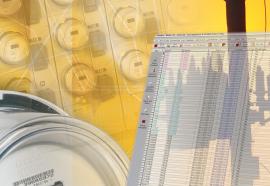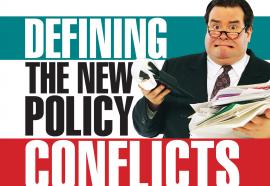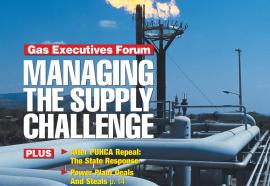Industry Evolution: Financial Pressures Ahead
Can utilities simultaneously manage rising costs and pressing capital investment needs?
Does the utility industry have the financial strength sufficient to meet the combined challenges of: (1) sharply increasing and highly volatile fuel and purchased-power costs; (2) significant capital investment requirements; and (3) rising interest rates?










